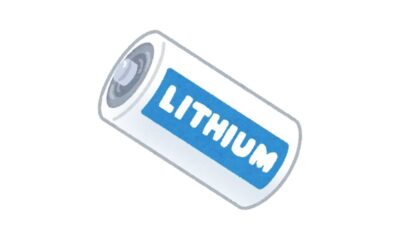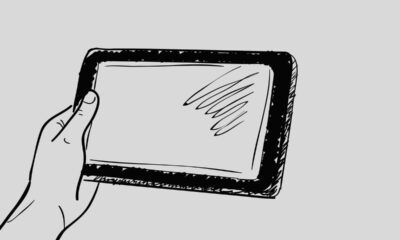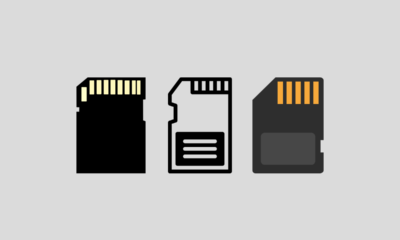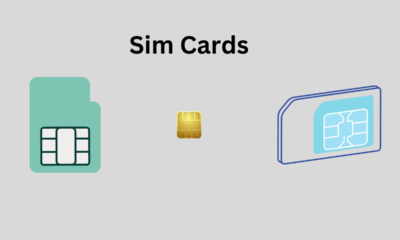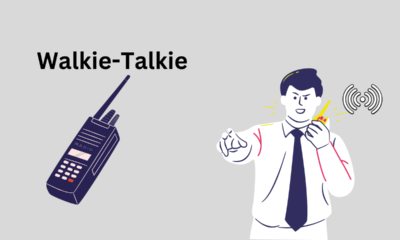Microsoft
Microsoft Releases Windows 11 Insider Build 22543 Brings Many Improvements
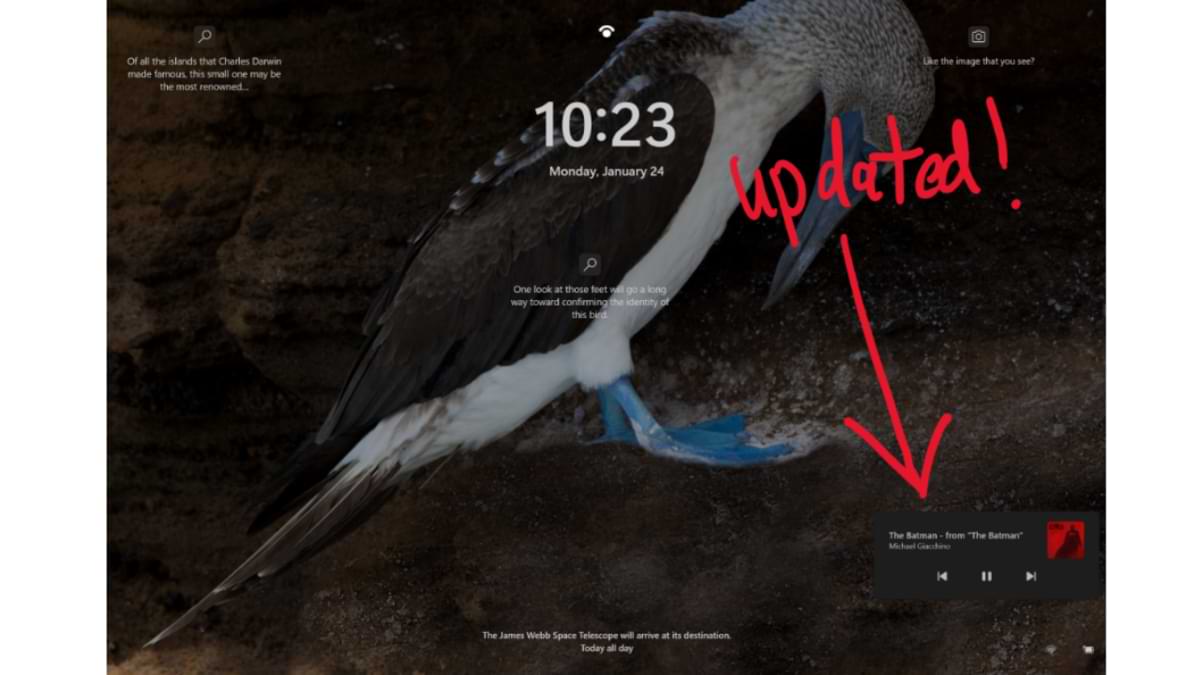
As previously reported, there are Two New Narrators in Windows 11 Build 22543 , and of course it feels incomplete if we don’t discuss further about this new build for Insider Dev Channel users, because after all, apart from bringing two new narrators, there are many changes and fixes brought to the operating system.
Curious? here let’s discuss.
Okay, first, apart from the presence of two new Narrators in Windows 11, there are also changes to the Media Control Flyout on the Lock Screen page, where it will now look like the following image.
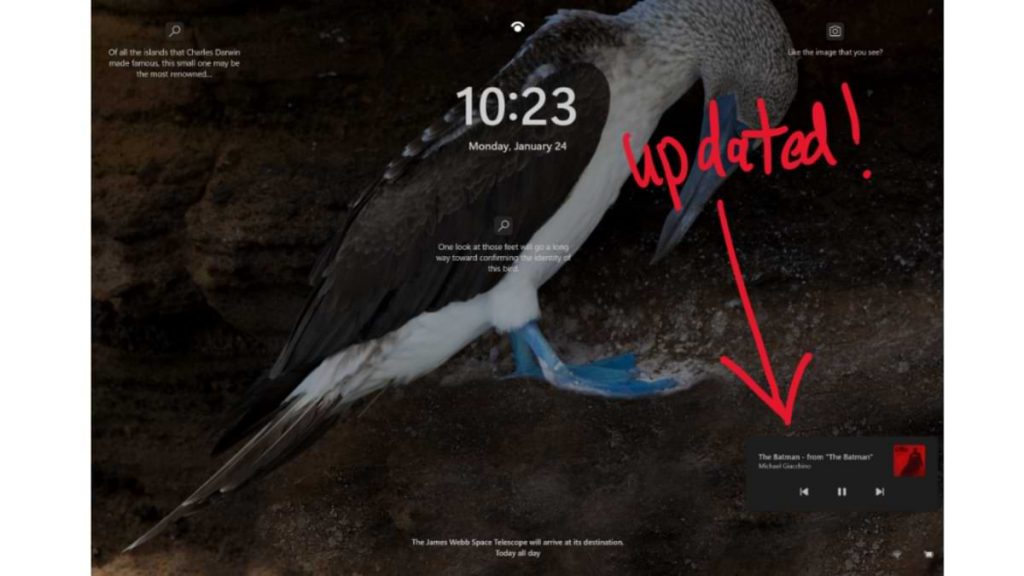
Now the Media Control display will bring the Dark Mode display and will have the same appearance as the design that appears on Media Control which is present in Windows 11 Quick Settings.
The second is that there is a change in the Windows App Resizing option in the Snap Layout by adding an Overlaying App Icon with an Acrylic background as shown in the following image.
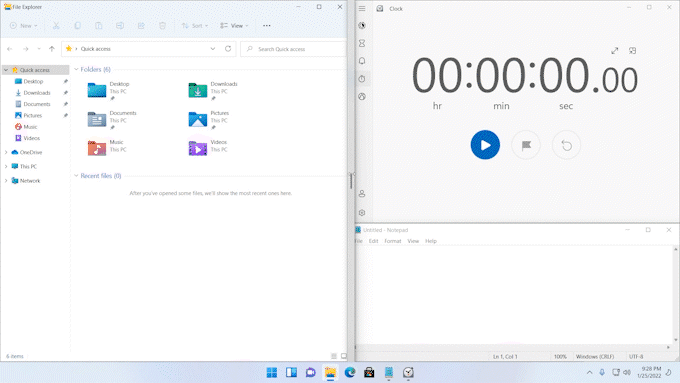
I think this display is cooler than the previous version, what do you think?
Now the third, when you use the WIN + ALT + K combination keys to Mute, now there will be a confirmation message that appears as a flyout, more or less it will look like this.
Then, when you try to do a full build upgrade, now the ring animation will bring up a display like in the following image, where this will correspond to how Windows 11 first boots.
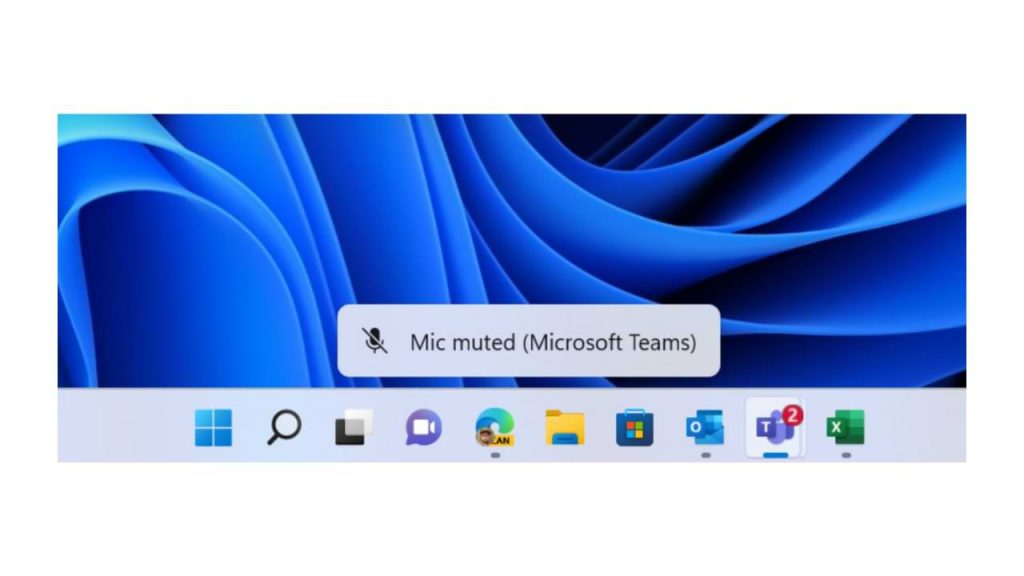
In addition, there is also a design change on the System > Storage > Disks & Volume and Storage Spaces page, where now several options such as Drive, Volume, Space, and others will be present inline on the page as buttons and you don’t have to click first to bring it up.
Well, there’s a lot, right? it doesn’t stop there, there are many other things that you might need to know, where some other changes and improvements include:
- Task Manager shouldn’t crash when switching to the Performance tab.
- The updated flyout for the hardware indicators for volume will now show the level.
- Fixed an issue where certain characters (like characters with umlauts) weren’t allowed when naming your PC in OOBE, even though it was allowed in Settings after finishing OOBE.
- Addressed an issue that was leading to OneNote crashing in recent builds when trying to open pages with inserted PDFs.
- Mitigated an issue that was leading to unresponsive UI after enabling HDR.
- Fixed an issue that could lead to explorer.exe crashing when dragging and dropping a file out of a zipped folder in File Explorer.
- The context menu in File Explorer now shows a CTRL + Shift + C keyboard shortcut next to Copy as Path.
- Fixed an issue that was leading to the cursor unexpectedly disappearing in certain apps.
- Fixed a crash in Quick Settings when opening the input switcher from there.
- Addressed an issue that was leading to the candidate window customization being unexpectedly missing from Personalization > Text Input for Chinese Simplified IME users sometimes.
- We fixed the issue causing two arrows to appear for the hidden icon flyout and the Quick Settings icons, and the date and time were misaligned.
- Mitigated an issue leading to Settings getting stuck in a suspended state and couldn’t be launched.
- If you’ve opted to turn off the startup sound, that setting should persist upgrades going forward.
- Fixed the icon in the notification that shows if you have chosen to postpone finishing setting up your device.
- Tabbing through Quick Settings should no longer set focus to an invisible element.
- Fixed an issue that was sometimes causing the media controls above Quick Settings to be off-screen.
- The underline indicating the active desktop in Task View will now follow your chosen accent color instead of being blue.
- Mitigated a WER issue that was leading to DWM crashes in recent flights.
For more details, you may be able to check on the following Microsoft official page. But in general, some of the changes presented are very interesting for you to get.
If you are a Windows 11 Insider Dev Channel user, it’s a good idea to immediately update your Windows 11 to Build 22543, you can immediately slide to the Settings > Windows Update page, then please download and install Windows 11 Insider Preview Build 22543.
Via: Microsoft
Microsoft
How to Find Official Windows Drivers for Any Device
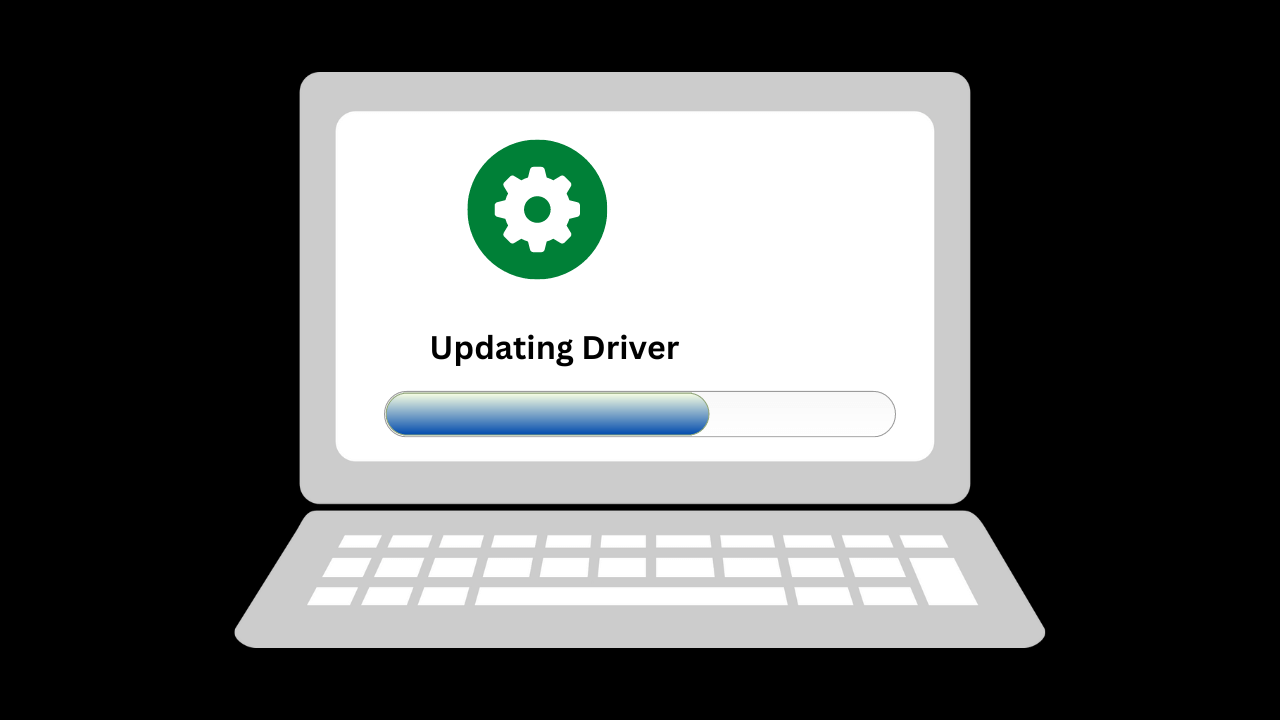
Finding the official drivers for your Windows device is important to ensure that the device functions properly and efficiently. This can be especially important if you are experiencing issues with your device or are trying to install new hardware. Here are the steps to find official Windows drivers for any device.
Step 1: Identify Your Device’s Make and Model
The first step in finding the correct driver for your Windows device is to determine the make and model of the device. This information can usually be found on the device itself or by using the Device Manager in Windows. To access the Device Manager, right-click on the Start button and select “Device Manager”. In the Device Manager, you will see a list of devices connected to your computer. Find the device for which you need to find drivers, and right-click on it to select “Properties”. In the properties window, you will see the device’s name and manufacturer information.
Step 2: Visit the Manufacturer’s Website
Once you have the make and model of your device, visit the manufacturer’s website. Look for a “Support” or “Downloads” section on the website and enter the make and model information to find the drivers for your device. Some manufacturers also provide a search bar on their website where you can enter your device’s information and find the correct drivers.
Step 3: Download the Drivers
Once you have located the correct drivers for your device, download them to your computer. It’s important to download the drivers from the official manufacturer’s website, as downloading drivers from third-party websites can often lead to malware or other security issues. Make sure to save the driver files in a safe place on your computer where you can easily find them later.
Step 4: Install the Drivers
After you have downloaded the drivers, it’s time to install them. To install the drivers, simply double-click on the driver file and follow the on-screen instructions. In most cases, the drivers will install automatically. However, in some cases, you may be prompted to manually install the drivers by pointing Windows to the location of the driver files. If this is the case, follow the instructions provided to install the drivers.
In conclusion
Finding the official drivers for your Windows device is important to ensure that the device functions properly and efficiently. By following the steps outlined above, you can easily find and install the correct drivers for any Windows device. Regularly checking for driver updates and using Windows Update will also help keep your device running smoothly.
Microsoft
How To Restore Permanently lost Files in Windows
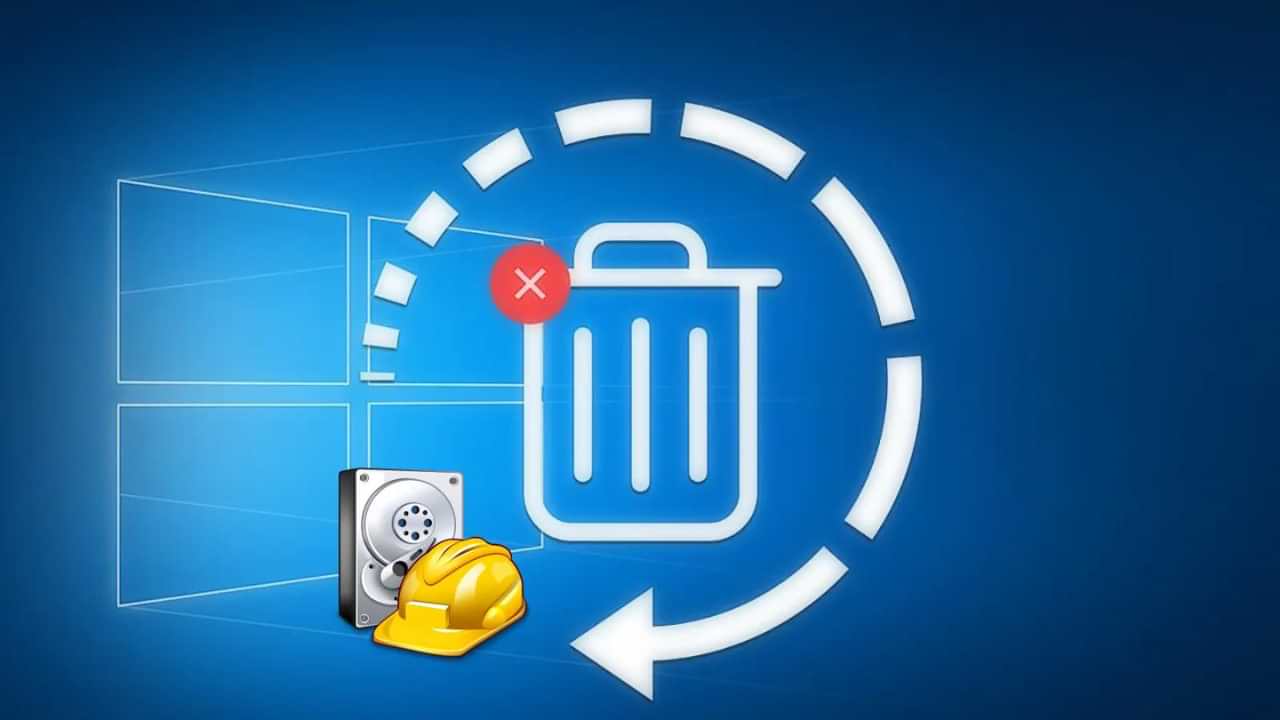
There are a few methods you can try to restore permanently lost files in Windows:
Check the Recycle Bin: If you have accidentally deleted the file, it may still be in the Recycle Bin. You can check the Recycle Bin by opening it from the desktop or by right-clicking on the Recycle Bin icon and selecting “Open.” If the file is in the Recycle Bin, you can restore it by right-clicking on it and selecting “Restore.”
Use file recovery software: There are several file recovery software programs available that can help you recover permanently deleted files. These programs scan your hard drive and try to locate deleted files that can still be recovered. Some popular file recovery software programs include Recuva, EaseUS Data Recovery Wizard, and Stellar Data Recovery.
Check for a previous version of the file: If you have enabled the File History feature in Windows, you may be able to restore a previous version of the file. To do this, right-click on the file and select “Restore previous versions.” This will open the Previous Versions window, which will show you a list of available previous versions of the file. You can then select the version you want to restore and click “Restore.”
Use a data recovery service: If you are unable to recover the lost file using the methods above, you may need to use a professional data recovery service. These services can often recover files that have been permanently deleted or lost due to hardware failure or other issues.
It’s important to note that the success of these methods will depend on various factors, such as the type of file, the method used to delete it, and the length of time that has passed since the file was deleted. Some methods may not work if the file has been overwritten or if the hard drive has been damaged.
Microsoft
Microsoft Releases Update KB5021855 For Windows 11 Insider Dev Channel, Pipeline Testing Only

In short, some time ago, Microsoft released a new update for Windows 11 Insider Dev Channel users, where this update is update KB5021855, where with this update, the OS build will change to 25252.1010, and as we already know, if it has the end. 1000 or 1010, it is certain that this update is just a pipeline test.
Now while Windows 11 Insider Dev Build 25252 brings a number of changes including the New Taskbar Search and the VPN Indicator on the Network Icon on the Windows 11 Taskbar, in the update released this time nothing is presented, because again, this is just a pipeline test and is intended to test the quality of Windows Update releases to users only.
So with that said, users are free to install or not at all.
Via: Microsoft
-
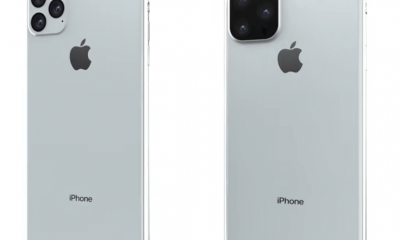
 Phones5 years ago
Phones5 years agoApple iPhone 11 (2019) – Release, Info, Leaks, Rumors
-
![Huawei's New Operating System is HarmonyOS [ Officially ],harmony os,huawei new operating system, huawei harmony OS,](https://www.thedigitnews.com/wp-content/uploads/2019/08/Screenshot__2285_-removebg-preview-2-1-400x240.png)
![Huawei's New Operating System is HarmonyOS [ Officially ],harmony os,huawei new operating system, huawei harmony OS,](https://www.thedigitnews.com/wp-content/uploads/2019/08/Screenshot__2285_-removebg-preview-2-1-80x80.png) Phones5 years ago
Phones5 years agoHuawei New Operating System is HarmonyOS [ Officially ]
-

 News5 years ago
News5 years agoBelle Delphine bath water – Instagram Model Sells Used Bathwater For 30$ To Their Loyal Followers
-

 Tech5 years ago
Tech5 years agoLevi’s Bluetooth Jacket Lets You Control Your Smartphone


